If humanity runs on coffee…
All we really need is South America.
Because that is where most of our beans hail from. Having said that – as any aficionado will know, not all coffee farms create equal coffee.
How to tell the good stuff from the mediocre in South America? We are so glad you asked! Knowledge is power, and when it comes to coffee, we can tell you how to ensure that you find that little pocket of perfect happiness at the bottom of your cup.
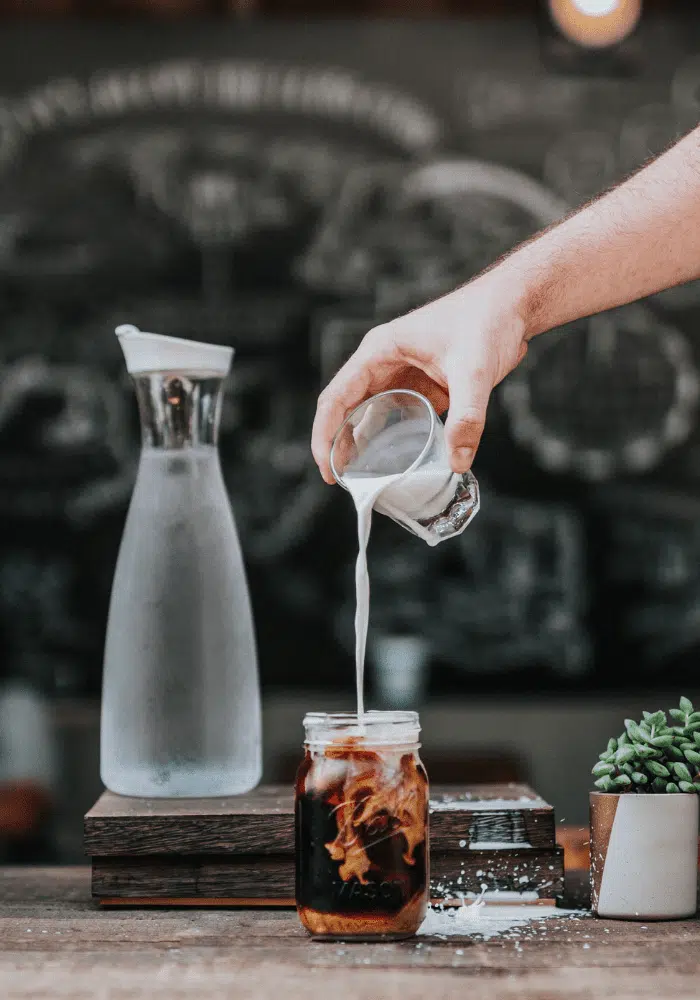
Allow us to turn you into a South American coffee guru:
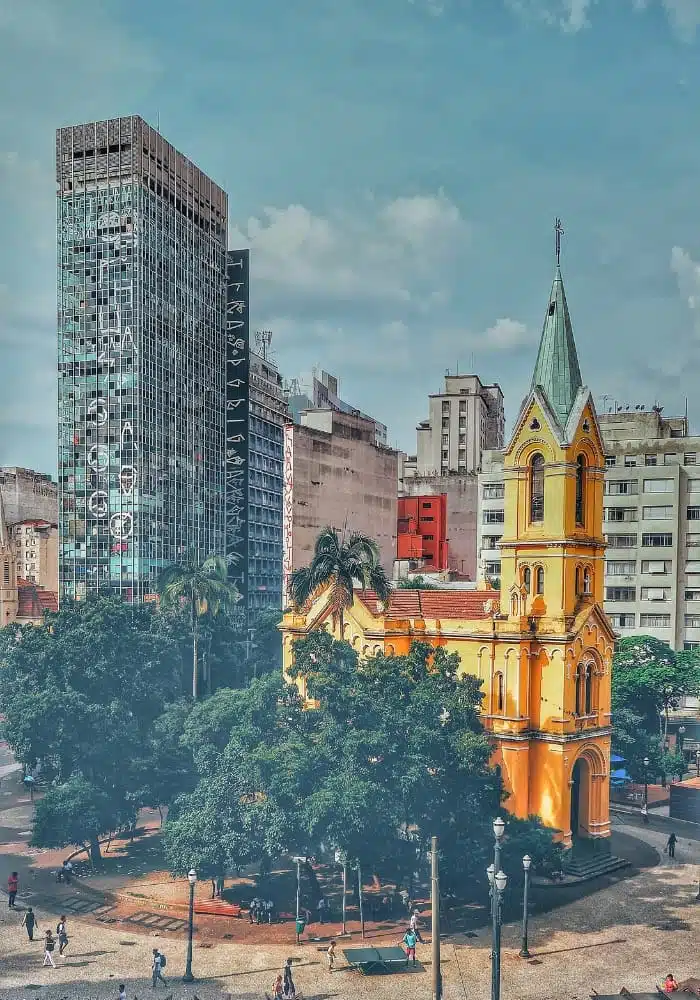 Brazil
Brazil
Coffee arrived here in São Paulo state during the mid-1700s with French settlers and Brazil has been the leading exporter of coffee in the world for the last 150 years.
Not only do they produce around a third of the coffee drunk on earth in a good year, but the country is also the largest consumer of coffee in the world. Carnival is not going to run itself after all.
Coffee in Brazil is grown low, blended and mostly used for mass consumption of everyday ‘drinkable’ coffee. This means that a lot of Brazil’s coffee is something that is sold by weight rather than by quality. Unless you know where and how to look.
There are over 220,000 coffee farms in Brazil, and they produce Arabica, Robusta, and most of the world’s Espresso beans.
Java Justice: When you buy directly in Brazil, do check working conditions. Slavery might have been abolished in 1888, but slave-like conditions, such as long workdays, lack of proper shelter, and debt bondage still exist on some (mostly mid-sized) farms. If the farm is Fair Trade certified you are good to go.
Your senses may expect
Single origin Brazilian coffee farms produce a sweet, smooth bodied, complex brew with low acidity. You can expect a nutty and chocolaty taste. Some of the higher quality, specialty grade coffees that grow at higher elevations can contain subtle citrus notes and other brighter fruit characteristics.
Look for
Buy a Santos from a reputable provider. Named for the port that initially imported coffee plants into Brazil it is considered some of the best coffee in Brazil.
If you want to get even more technical (and hey, when it comes to a coffee technicality is allowed) the Bourbon Santos is made from beans picked during the first four years of the plant’s growth. This is the highest quality. Flat bean Santos is made from berries picked after the fourth year and is considered of lesser quality.
You can also enjoy a Carmo de Minas without fear of mediocrity or indulge in an estate coffee from a farm like Fazenda Ambiental Fortaleza which has been in the Barretto Family since 1850. (The FAF micro lots are like a samba on your pallet with complex and rare notes such as higher acidity, complex acidity, floral notes, berry notes, etc.)
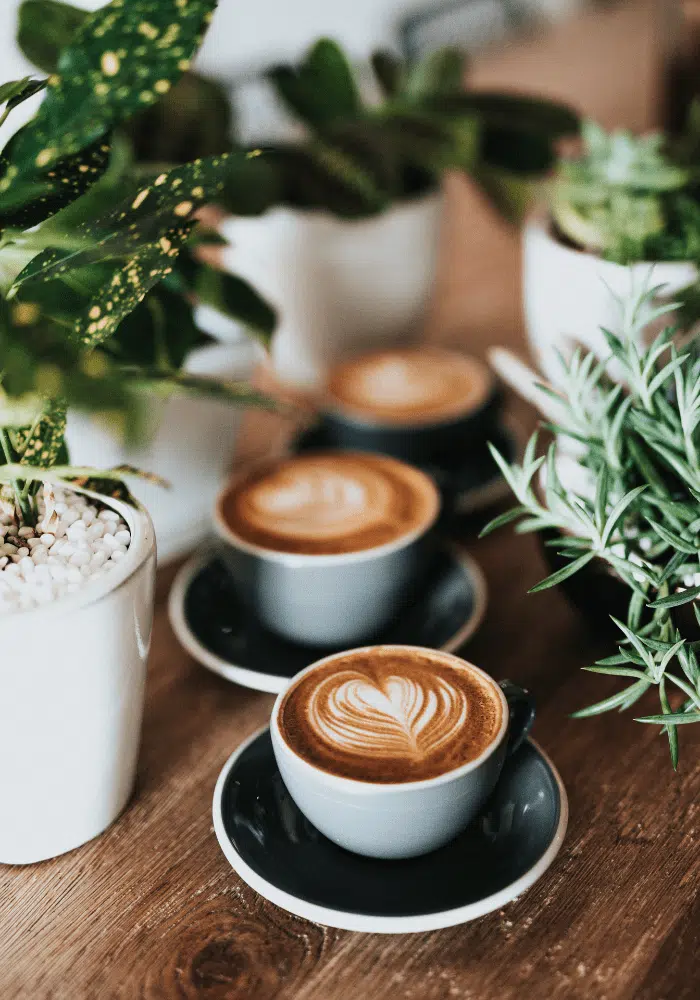 Getting the best from your Brazilian beans.
Getting the best from your Brazilian beans.
Use a French press, make an Espresso or enjoy as a cold brew.
 Colombia
Colombia
This is a country that was created for growing coffee. The climate, terrain, soil, rainfall and just the right touch of sun all come together to create the perfect cup.
Every one of the 600,000 coffee producers in Colombia picks every superior arabica bean by hand. No, really. They do.
Arabica is considered the best because it has a sweeter and lighter taste with less caffeine and stronger acidic notes. Colombia boasts a 100% Arabica status, and nothing says ‘we take our coffee seriously’ like a fictional character that is one of the country’s most recognizable exports: meet Juan Valdez, the coffee grower!
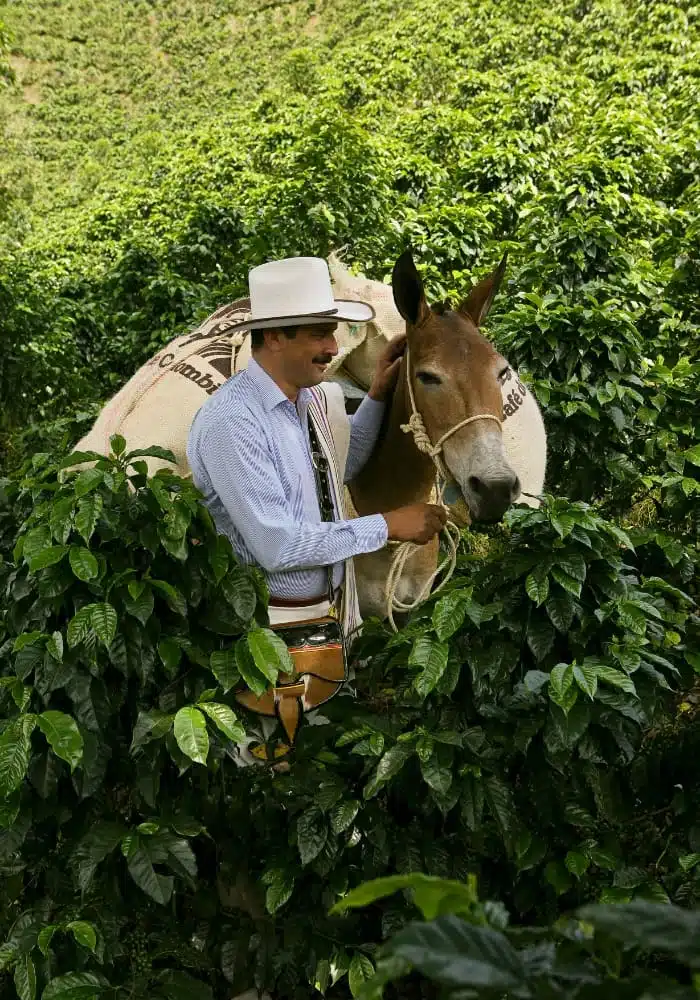
… and if dapper Juan does not impress you much, maybe the fact that Colombia’s Coffee Cultural Landscape was designated a World Heritage Site 2011 UNESCO will!
Your senses may expect
An easy drinking cup of coffee; Colombian coffee can be described as mild and well-balanced with a medium, silky body and cleanness in the cup. Acidity levels are medium to high, yielding a bright and lively brew.
The most popular flavors are floral hints, traces of tropical fruits, red berries or apples and a sweetness akin to chocolate, sugar cane or caramel. Aromas tend towards citrus, fruits, and hints of spice.
Look for
It isn’t challenging to find great Colombian coffee.
In the central region of cordilleras around Medellin, Armenia, and Manizales, coffee is grown under the acronym MAM. Medellin Supremo is the nicest of the MAM coffees, and you can expect a slightly higher finely balanced acidity, with a substantial body and rich flavor.
Castillo is the newest addition. It is resistant to coffee rust and shares a genetic heritage with Robusta. Don’t be fooled! Expect a smooth, aromatic drink with citric acidity. It might hold potential for high-end single-origin beans.
Then we have Caturra. Originally from Brazil, the Caturra (a dwarf Bourbon) has bright acidity and low-to-medium body. It is one of Colombia’s finest offerings when it does not fall to the threat of coffee rust.
Don’t leave Colombia without enjoying an ‘inky water’ or ‘Tinto’! Not known for high quality or single origin but rather for being the cultural sparkle in the eye of Colombia. You can find it on the streets for a couple of coins.
PS: in Colombia, the highest quality is labeled supremo. When blended with the next highest quality, extra, the coffee is called excelso.
 Getting the best from your Columbian beans.
Getting the best from your Columbian beans.
Go on! Ask for a Tinto. Like this:
“Un Tinto por favour!”
Enjoy it Espresso style (the high acidity and mild flavor lends itself to being roasted dark and brewed strong without the risk of bitterness)
Also great as a Macchiato or a Cappuccino.
Colombian coffee is a class act. Use an Aeropress if you want to be equally impressive.
 Ecuador
Ecuador
Introduced as a crop in 1860, Ecuador has become famous for growing beans that make great instant coffee for Ecuadorian households. The conditions here are perfect, and coffee is grown on some of the highest growing slopes in the world. Still, Ecuador has yet to crack the primo markets, and most of its low-grade coffee goes for blending. Production is turning to smaller, family-run farms and specialty beans.
It is one of only a handful of countries producing both Arabica (better tasting) and Robusta (higher caffeine) beans.
Your senses may expect
As this incredibly diverse country also produces, bananas, mangoes, citrus fruit, sugar, avocados (from which they produce Avocado oil), and rice – all of which is often planted alongside the coffee you can expect exciting flavors.
Look for
Coffee from Loja. This high altitude region and community of El Airo (close to the Yacuri National Park) specializes in their own strains of Arabica coffee beans with defined acidity, medium sweetness, and delicate aroma.
The Arabica grown in the Western foothills of the Andes have a great balance of acidity, sweetness, and bitterness.
Robusta from Pichincha province has a complex and diverse profile with high acidity, body, and a complex aroma.
If you find yourself in Starbucks, you can sample coffee from the island of San Cristóbal in the Galápagos. Low altitude is no problem as a combination of chilly winds arriving with the Humboldt current, and the rich volcanic soil makes for a surprisingly great coffee.

Getting the best from your Ecuadorian beans.
Drink a Café Pasado from a perculator (Traditionally it is cooked in a big pot on a stove in a muslin bag).
Or have an Espresso.

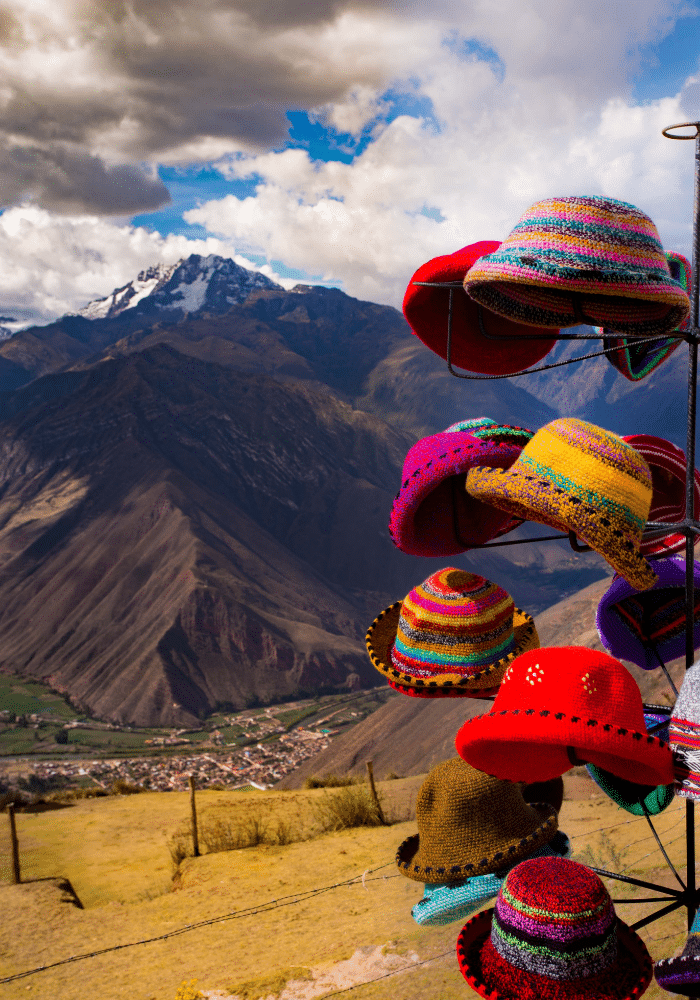 Peru
Peru
The historical political strife in Peru has resulted in Peruvian coffee being something of a late developer. There has been a trend in organic and fair-trade purchase from Peru but mostly of low-quality beans.
If you want a great coffee, you will have to search for it in Peru.
Your senses may expect
Peruvian coffee is generally mildly acidic and light-bodied but also flavorful and aromatic. It is a great blender (especially in dark roast blends and as a base for flavored coffees).
Look for
It is possible to find light coffee with a vanilla-nut sweetness from the Chanchamaya Valley (200 miles [321 kilometers] from Lima in the high Andes) and a respected wet-processed coffee from the Urubamba Valley in the Cuzco region.
Small farms and cooperatives in Northern Peru also produce excellent certified organic coffee.
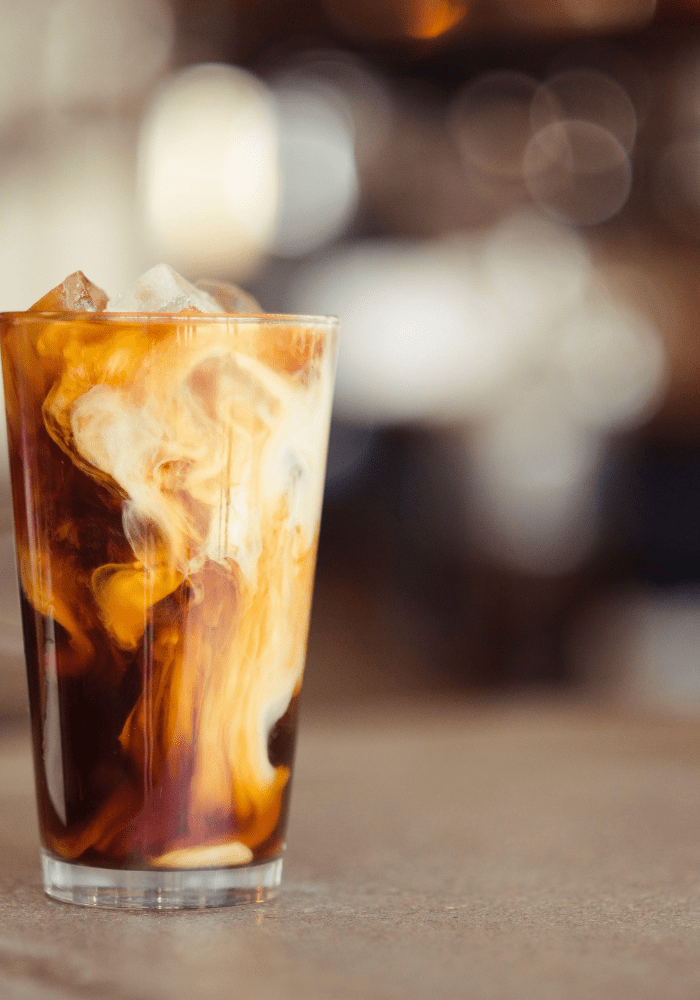
Getting the best from your Peruvian beans.
The versatility of Peruvian beans lend themselves to a host of brewing options including drip coffee, Chemex, Filter or espresso.
Also great with milk.

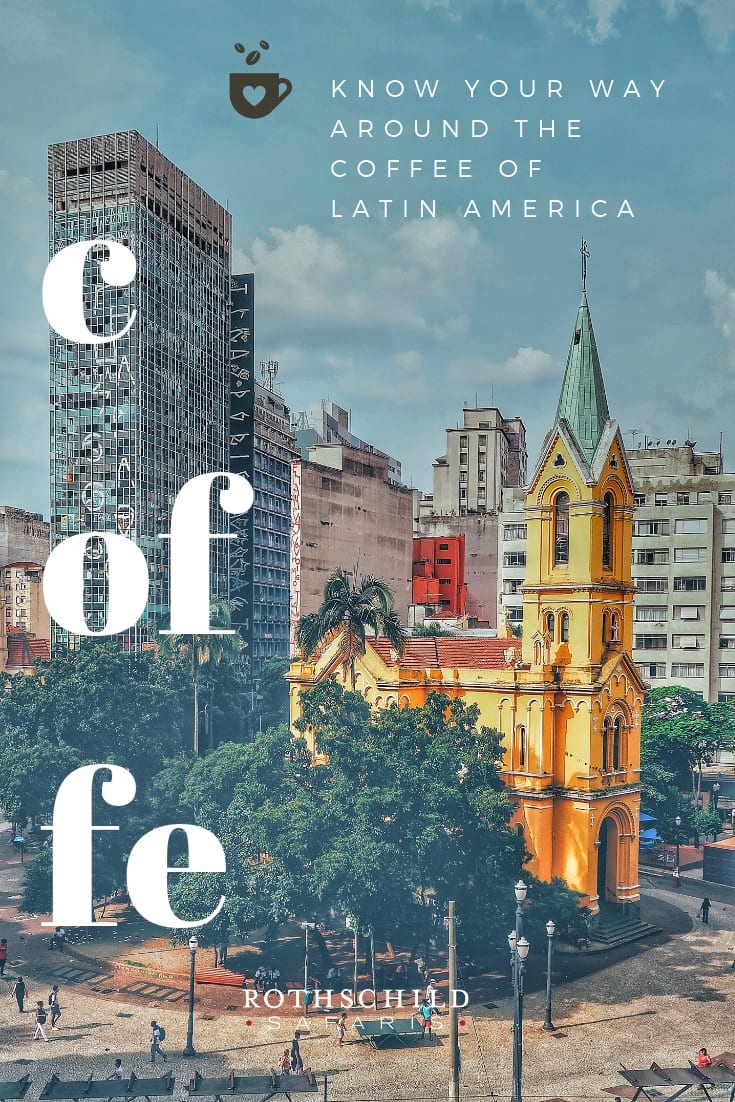
Imagery: © Flavius Torcea – unsplash.com; © Roi Dimor – unsplash.com; © Ricardo Gomez Angel – unsplash.com; © D A V I D S O N L U N A – unsplash.com; © Nathan Dumlao – unsplash.com; © Tyler Nix – unsplash.com; © Joshua Ness – unsplash.com; © Nathan Dumlao – unsplash.com; © Demi DeHerrera– unsplash.com; © – unsplash.com; © Patricia Rincón Mautner – flickr.com

